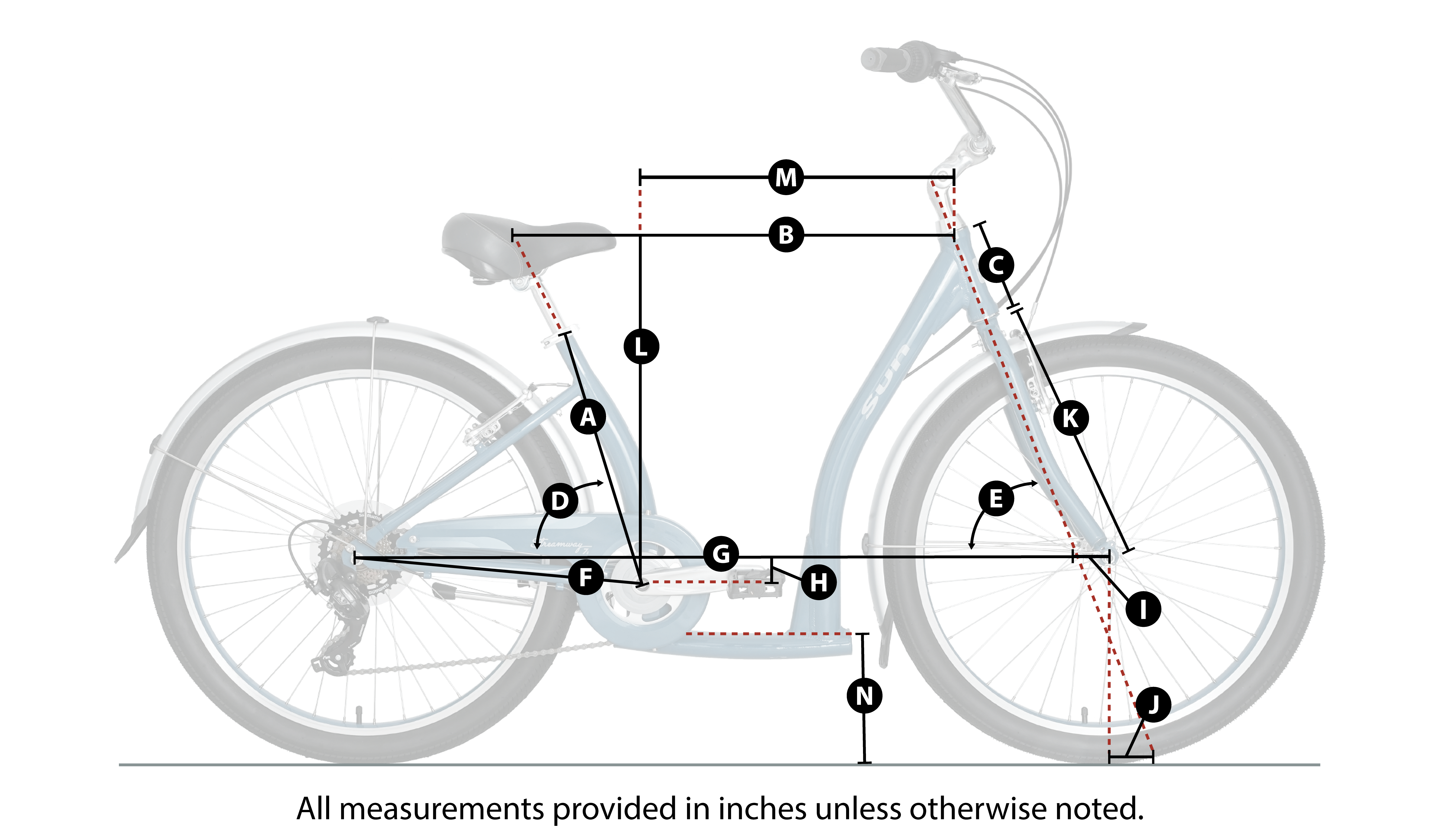Geometry symbols play a crucial role in the study of shapes, sizes, and the properties of space. These symbols allow mathematicians, students, and professionals to communicate complex ideas succinctly and clearly. In this article, we will delve into the various geometry symbols, their meanings, and how they are used in mathematical equations and real-world applications. Understanding these symbols is essential for anyone looking to excel in geometry, whether for academic purposes or practical applications.
In the world of geometry, symbols are not just arbitrary marks; they hold significant meaning and facilitate the understanding of geometric concepts. From basic shapes to advanced theorems, geometry symbols serve as the building blocks of geometric reasoning. This article aims to provide a comprehensive overview of these symbols, their uses, and the foundational principles of geometry that they represent.
As we explore the different geometry symbols, we will also address their relevance in various fields, including engineering, architecture, and computer graphics. By the end of this article, readers will have a solid grasp of geometry symbols and their applications, paving the way for further study or practical use in related fields.
Table of Contents
- 1. Introduction to Geometry Symbols
- 2. Basic Geometry Symbols
- 3. Advanced Geometry Symbols
- 4. Applications of Geometry Symbols
- 5. Importance of Geometry Symbols
- 6. Common Errors in Using Geometry Symbols
- 7. Resources for Learning More
- 8. Conclusion
1. Introduction to Geometry Symbols
Geometry symbols are essential tools in mathematics that simplify the representation of geometric shapes and concepts. They provide a universal language that transcends linguistic barriers, making it easier for people around the world to understand and communicate geometric ideas. Some of the most common symbols include:
- ∠ (Angle)
- ⊥ (Perpendicular)
- || (Parallel)
- ∼ (Similar)
- ≅ (Congruent)
2. Basic Geometry Symbols
Understanding the basic geometry symbols is fundamental for any student or professional involved in the field. Below are some of the most frequently used basic symbols:
2.1 Points and Lines
Points and lines form the foundation of geometry. The symbols used to represent them include:
- Point: A point is represented by a dot and usually labeled with a capital letter (e.g., A, B).
- Line: A line is represented by a straight line with arrows on both ends, indicating it extends infinitely (e.g., line AB).
2.2 Angles
Angles are a crucial aspect of geometry, and their symbols include:
- ∠: Represents an angle.
- m∠: Denotes the measure of an angle.
3. Advanced Geometry Symbols
As one progresses in their study of geometry, they will encounter more complex symbols that represent advanced concepts:
3.1 Triangles and Polygons
Triangles and polygons have specific symbols and notations, such as:
- Δ: Represents a triangle.
- ∑: Indicates the sum of interior angles in a polygon.
3.2 Circles and Arcs
In circle geometry, symbols play a vital role:
- O: Represents the center of a circle.
- r: Denotes the radius of a circle.
4. Applications of Geometry Symbols
Geometry symbols are not limited to academic settings; they have practical applications in various fields:
- **Engineering:** Used in design and structural analysis.
- **Architecture:** Essential for creating blueprints and building plans.
- **Computer Graphics:** Used to create visual representations of shapes and designs.
5. Importance of Geometry Symbols
Understanding geometry symbols is crucial for several reasons:
- **Enhances Communication:** Symbols provide a clear and concise way to communicate complex ideas.
- **Facilitates Problem Solving:** Familiarity with symbols helps in solving geometric problems more efficiently.
- **Foundation for Advanced Studies:** A solid grasp of symbols is necessary for advanced mathematics and engineering courses.
6. Common Errors in Using Geometry Symbols
Despite their importance, students often make mistakes when using geometry symbols. Some common errors include:
- **Misunderstanding Symbols:** Confusing similar symbols can lead to incorrect conclusions.
- **Neglecting Units:** Failing to include units when measuring can cause significant errors.
7. Resources for Learning More
For those looking to deepen their understanding of geometry symbols, numerous resources are available:
- **Textbooks:** Comprehensive math textbooks often cover geometry symbols in detail.
- **Online Courses:** Websites like Khan Academy and Coursera offer courses on geometry.
- **Educational Videos:** YouTube has a plethora of educational channels dedicated to math and geometry.
8. Conclusion
In conclusion, geometry symbols are an essential part of understanding and communicating geometric concepts. Knowing these symbols enhances one's ability to solve problems and analyze geometric relationships. We encourage readers to explore further, practice using these symbols, and apply them in various contexts. If you found this article helpful, please leave a comment, share it with others, or check out our other articles for more insights!
Thank you for reading, and we hope to see you back on our site for more informative content!
Cute Names For Your Boyfriend In Your Contacts
Understanding The Meaning Of Emoji Hearts: A Comprehensive Guide
Alicia Keys And Husband: A Deep Dive Into Their Love Story And Life Together


